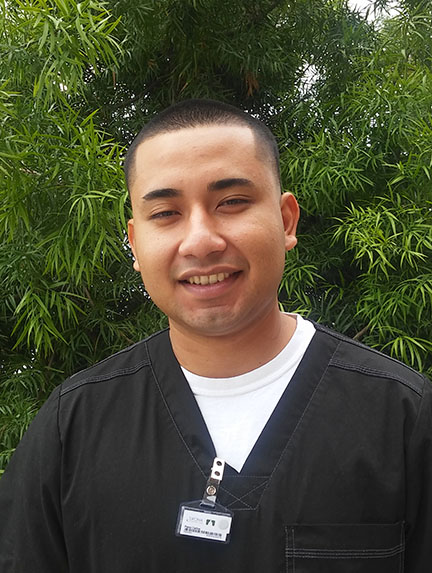
Blood Pressure Chart
Systolic Diastolic
Low <90 <60
Normal <120 <80
Pre-Hypertension 120-139 80-89
Stage 1 Hypertension 140-159 90-99
Stage 2 Hypertension >160 >100
High blood pressure, often called hypertension, affects about one in every three adults in the U.S. When your blood pressure is high you’re four times more likely to die from a stroke and three times more likely to die from heat disease.
Hypertension is also known as the silent killer because most people with high blood pressure have no obvious signs or symptoms to alert them. However, certain risk factors may increase your chances of developing it. Some, such as age, gender, race and family history cannot be controlled. Fortunately, there are ways to help control many of the others.
Your lifestyle choices can increase your risk for high blood pressure. To reduce your risk, your doctor may recommend changes to your lifestyle.
Behaviors That Increase Risk for High Blood Pressure:
- Poor diet – too much sodium and too little potassium
- Inactivity – not getting enough physical activity
- Obesity – linked to “bad” cholesterol and triglycerides
- Excessive alcohol
- Tobacco
However, it is also likely that people with a family history of high blood pressure share common environments and other potential factors that increase their risk. The risk for high blood pressure can increase even more when heredity combines with unhealthy lifestyle choices, such as smoking cigarettes and eating an unhealthy diet.
Ways to Maintain a Healthy Blood Pressure:
- Exercise regularly
- Eat a healthy diet and reduce sodium intake
- Limit your alcohol consumption
- Quit smoking
- Cut back on caffeine
- Manage stress
- Monitor blood pressure
- Lose weight (if applicable)
Consult your doctor regularly if you notice significant changes!
The information provided is for general interest only and should not be misconstrued as a diagnosis, prognosis or treatment recommendation. This information does not in any way constitute the practice of medicine, or any other health care profession. Readers are directed to consult their health care provider regarding their specific health situation. Marque Medical is not liable for any action taken by a reader based upon this information.


